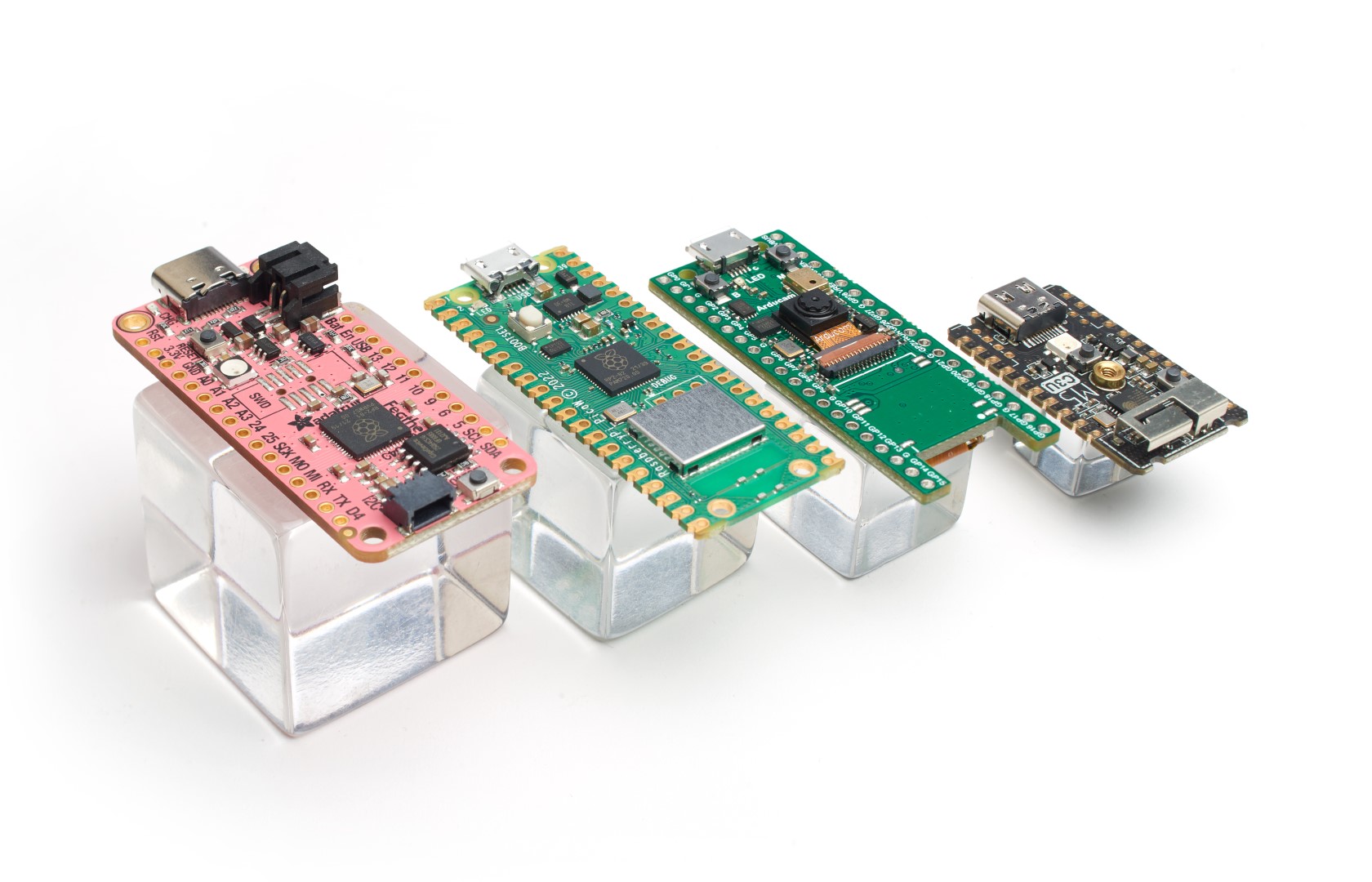How parents can talk about AI and ChatGPT with their children
Artificial intelligence can make adults nervous, but experts say exploring it as a family is the best way to understand its pros and cons.
The race is on. Companies are investing billions of dollars in powerful online chatbots and finding new ways to integrate them into our daily lives.
Are our kids ready?
Do any of us?
ChatGPT, the artificial intelligence language model from OpenAI, has been making headlines since November for its ability to instantly answer complex questions. It can write poetry, generate code, plan vacations, and translate languages, among other tasks, all in seconds. GPT-4, the latest version introduced in mid-March, can even respond to images (and pass the bar exam). On Tuesday, Google released Bard, its own A.I. chatbot, which the company says can write emails and poems and offer advice. (It is currently only available to a limited number of users.)
But despite all their impressive abilities, chatbots can also spread harmful content or answers full of inaccuracies, prejudices and stereotypes. They are also able to say things that sound convincing but are, in fact, completely made up. And some students have started using chatbots to plagiarize.
Many parents, who are already afflicted by their children's addiction to digital devices and the ramifications of social media on mental health, may be tempted to stick their heads in the sand.
Instead, experts say families should explore this technology together, by critically thinking about its strengths and weaknesses.
"The worst thing parents can do is forbid their child to use these new systems because 'They're here to stay,' said Justine Cassell, a professor at Carnegie Mellon University's School of Computer Science who has studied how interacting with machines in human ways can affect learning and communication. "Helping their child understand the positives and negatives is much more helpful."
We spoke with technology and education experts to find out how to get started.Experiment together
Discussing chatbots online is easier if you and your child sit side by side and use one together, experts say.
To try ChatGPT, visit OpenAI and create an account. Alternatively, you can download Microsoft Edge, which includes Bing's GPT-4-powered chatbot (there's a waiting list for the new Bing but you should get to it soon). On social media, Snap, the creator of Snapchat, has experimental AI. chatbot for subscribers who pay $4 per month for Snapchat Plus.

Artificial intelligence can make adults nervous, but experts say exploring it as a family is the best way to understand its pros and cons.
The race is on. Companies are investing billions of dollars in powerful online chatbots and finding new ways to integrate them into our daily lives.
Are our kids ready?
Do any of us?
ChatGPT, the artificial intelligence language model from OpenAI, has been making headlines since November for its ability to instantly answer complex questions. It can write poetry, generate code, plan vacations, and translate languages, among other tasks, all in seconds. GPT-4, the latest version introduced in mid-March, can even respond to images (and pass the bar exam). On Tuesday, Google released Bard, its own A.I. chatbot, which the company says can write emails and poems and offer advice. (It is currently only available to a limited number of users.)
But despite all their impressive abilities, chatbots can also spread harmful content or answers full of inaccuracies, prejudices and stereotypes. They are also able to say things that sound convincing but are, in fact, completely made up. And some students have started using chatbots to plagiarize.
Many parents, who are already afflicted by their children's addiction to digital devices and the ramifications of social media on mental health, may be tempted to stick their heads in the sand.
Instead, experts say families should explore this technology together, by critically thinking about its strengths and weaknesses.
"The worst thing parents can do is forbid their child to use these new systems because 'They're here to stay,' said Justine Cassell, a professor at Carnegie Mellon University's School of Computer Science who has studied how interacting with machines in human ways can affect learning and communication. "Helping their child understand the positives and negatives is much more helpful."
We spoke with technology and education experts to find out how to get started.Experiment together
Discussing chatbots online is easier if you and your child sit side by side and use one together, experts say.
To try ChatGPT, visit OpenAI and create an account. Alternatively, you can download Microsoft Edge, which includes Bing's GPT-4-powered chatbot (there's a waiting list for the new Bing but you should get to it soon). On social media, Snap, the creator of Snapchat, has experimental AI. chatbot for subscribers who pay $4 per month for Snapchat Plus.
What's Your Reaction?






















